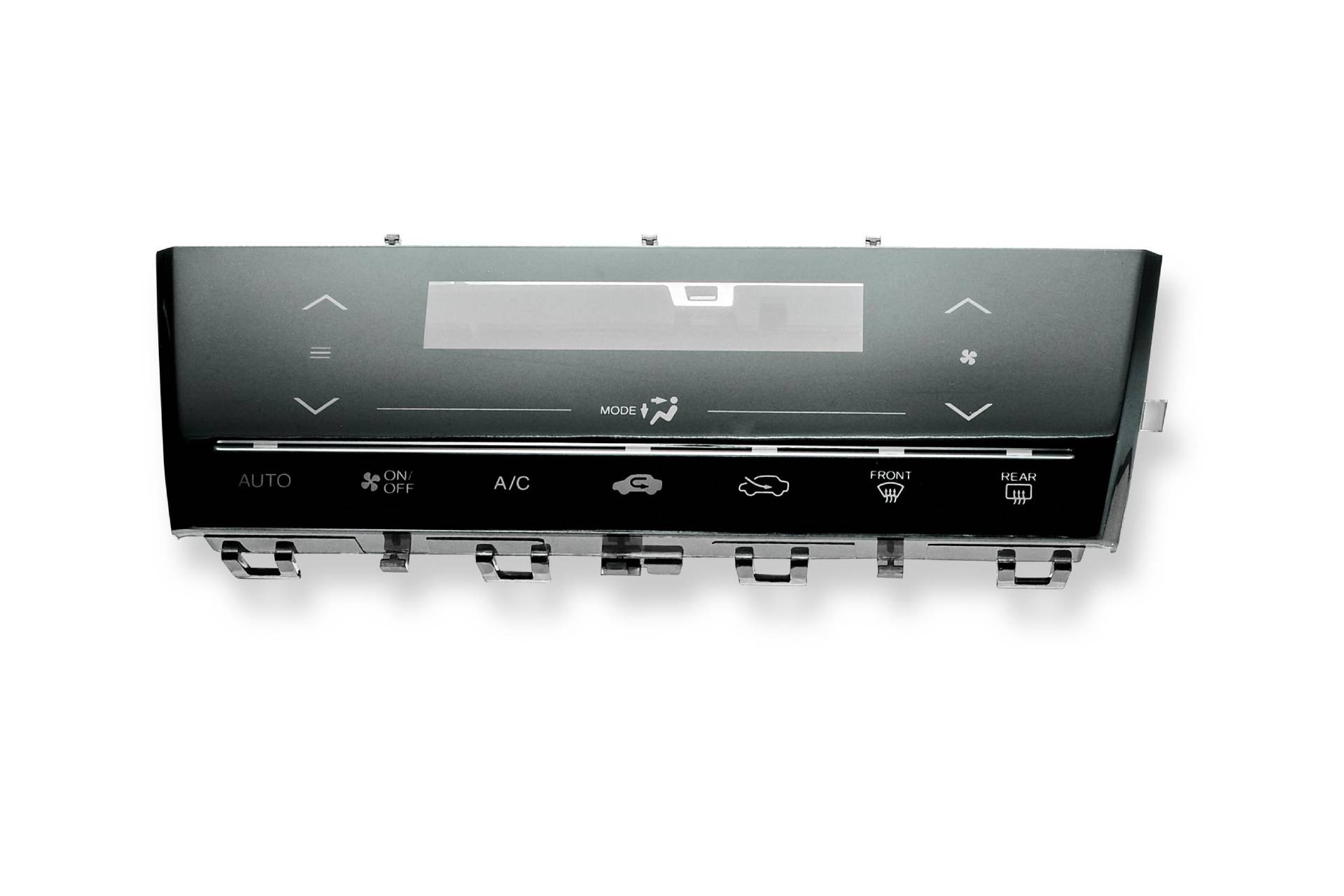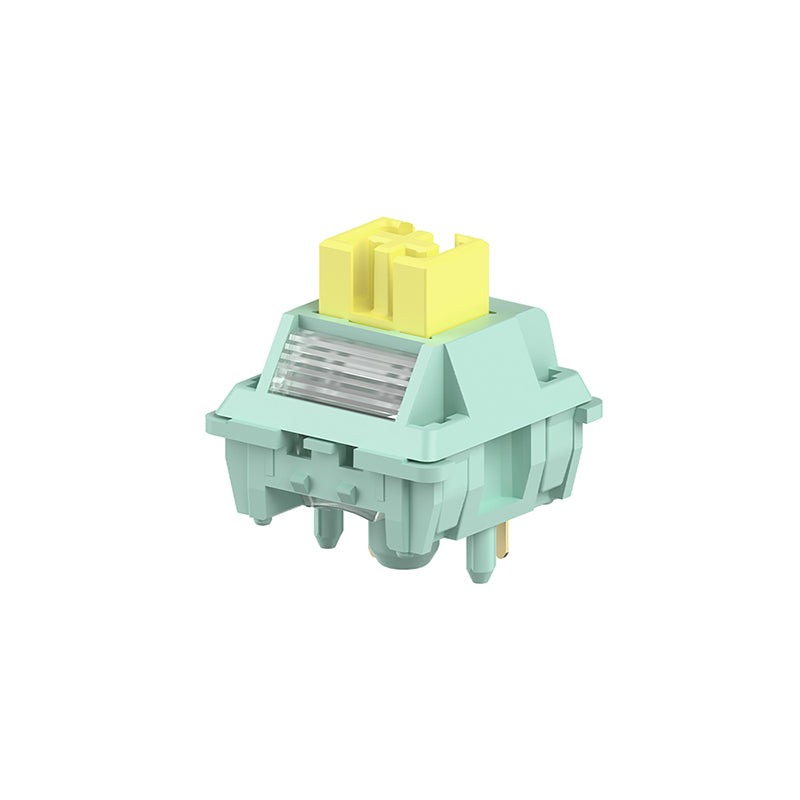If you enjoy a gentle feedback while typing, tactile switches are a ideal choice.
Exploring the Benefits of Tactile Switches Over for Your Next Job
Responsive buttons, characterized by their obvious comments, are critical for improving user communications in modern technology. As markets progressively focus on user-friendly user interfaces, the fostering of responsive buttons throughout numerous sectors-- from consumer electronic devices to commercial machinery-- benefits consideration.

Recognizing Tactile Changes: How They Work and Their Types

These buttons are readily available in different types, consisting of dome, fallen leave, and tablet. Tablet buttons are recognized for their small dimension and are commonly made use of in tools with area constraints.
The Role of Tactile Comments in Individual Experience
Individual experience is significantly enhanced by responsive feedback, which functions as a crucial bridge in between the device and its customer. This form of comments is vital in environments where visual or acoustic cues could be much less reliable or entirely missing. Responsive switches, by their very nature, supply a physical response to user activities, validating inputs with a recognizable feeling. This not just increases the accuracy of interactions however additionally speeds up the user's ability to complete tasks by minimizing the need for aesthetic verification.
In the world of access, tactile feedback plays a pivotal duty. It permits individuals with visual impairments to connect with confidence with numerous devices, from cellphones to house appliances. The distinctive physical experience can communicate much-needed information regarding functional states or input accuracy, consequently enhancing the overall interface and making technology much more inclusive and straightforward. Therefore, responsive feedback is fundamental in designing user-friendly and efficient user experiences.
Comparing Tactile Switches Over With Various Other Types of Switches
While responsive buttons supply definitive responses that aids in access and individual confidence, it is very important to examine exactly how they stack up versus various other kinds of buttons used in digital devices. Straight switches, for instance, give a smooth keystroke without the responsive bump, which can be more effective for jobs requiring rapid vital presses, such as video gaming. They do not have the unique comments that helps protect against inputting errors evident in tactile buttons.
On the other hand, clicky switches, comparable to tactile versions, use audible feedback. They generate a louder click audio at the actuation point which responsive buttons do not. This audio can be satisfying yet may be disruptive in quiet environments. Somewhat, responsive buttons strike an equilibrium in between the quiet procedure of straight switches and the noisy assurance of clicky buttons, making find here them versatile for both noisy and silent settings. This convenience enables a larger range of use cases without causing disturbance.
Practical Applications of Tactile Switches Over in Different Projects
Many modern electronics integrate tactile switches because of their reputable i was reading this comments and easy to use user interface. These elements are especially common in devices calling for accurate customer control. Consumer electronics like keyboards, remote controls, and gaming controllers utilize tactile switches to boost the individual experience by offering instantaneous responsive comments upon actuation. This comments guarantees users of their input enrollment, which is crucial in high-speed gaming or data access jobs.
Moreover, tactile switches are discovered in numerous commercial applications. Clinical tools also make use of tactile buttons, adding to their security and performance.
Tips for Deciding On and Integrating Tactile Switches Over in Your Layouts
When choosing tactile buttons for different layout tasks, it is crucial to take into consideration a number of key variables to ensure optimal efficiency and assimilation. Portable designs might require smaller sized switches, which can affect the responsive responses and longevity.
In addition, the ecological conditions where the device will certainly run are essential. For projects subjected to wetness or dirt, choosing switches with greater IP rankings to endure such aspects is recommended. Combination convenience need to be examined. The switch must work with the existing circuit design and placing needs. Utilizing buttons with pre-soldered leads or those that offer clear soldering standards can streamline the assembly process, ensuring a dependable and reliable integration right into the last product.
Final Thought
